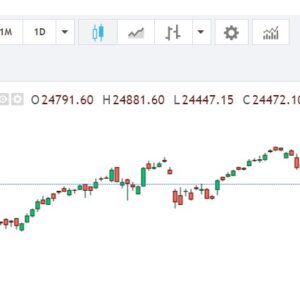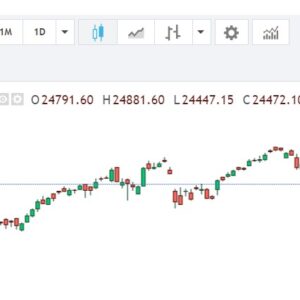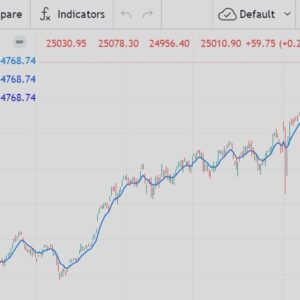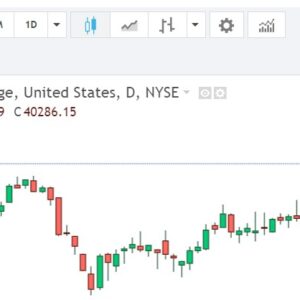Unveiling the Dynamics of the DAX Share Market

Introduction
The DAX, short for Deutscher Aktienindex, is the primary stock market index representing the top 30 companies listed on the Frankfurt Stock Exchange (FSE). As one of the most prominent benchmarks in the European financial landscape, the DAX reflects the performance of leading German companies across various sectors. In this article, we delve into the intricacies of the DAX share market, exploring its historical evolution, key components, driving forces, and investor sentiment.
Historical Evolution
The DAX was introduced in 1988 by the Frankfurt Stock Exchange to provide investors with a reliable measure of the German equity market’s performance. Initially comprising 30 blue-chip companies, the index has since become synonymous with the German economy’s health and vitality. Over the years, the DAX has witnessed significant milestones and fluctuations, reflecting the ebb and flow of global economic trends, geopolitical developments, and sector-specific dynamics.
Key Components
The DAX comprises a diverse array of companies spanning various industries, including automotive, finance, technology, healthcare, and manufacturing. Some of the index’s key constituents include multinational giants such as Volkswagen, BMW, Siemens, SAP, and Deutsche Bank. These companies are chosen based on stringent criteria, including market capitalization, trading volume, and corporate governance standards, ensuring representation of Germany’s corporate elite.
Driving Forces
Several factors drive the performance of the DAX share market, influencing investor sentiment and market dynamics:
1. Economic Indicators: Macroeconomic factors, including GDP growth, inflation rates, unemployment figures, and consumer sentiment, play a significant role in shaping investor perceptions of the German economy. Positive economic indicators often translate into bullish sentiment, driving up stock prices and fueling DAX’s upward trajectory.
2. Global Market Trends: The DAX is not immune to global market trends and external shocks, such as geopolitical tensions, trade disputes, and currency fluctuations. Events impacting major economies, particularly those in the Eurozone and beyond, can reverberate through the DAX share market, triggering volatility and reshaping investor risk appetite.
3. Corporate Performance: The financial health and performance of individual DAX constituents exert a considerable influence on the index’s overall movement. Quarterly earnings reports, revenue forecasts, strategic announcements, and corporate governance issues can all impact investor confidence and drive stock price movements within the DAX.
4. Central Bank Policies: Monetary policies implemented by the European Central Bank (ECB) and other major central banks can have a profound impact on the DAX share market. Interest rate decisions, quantitative easing measures, and liquidity injections can influence borrowing costs, investment decisions, and asset prices, shaping the overall market environment.
Investor Sentiment
Investor sentiment plays a crucial role in driving the DAX share market, oscillating between optimism and pessimism based on prevailing market conditions and macroeconomic trends. Bullish sentiment is often fueled by positive economic data, corporate earnings beats, and supportive policy measures, leading to increased buying activity and upward pressure on stock prices. Conversely, bearish sentiment may arise from economic uncertainty, geopolitical tensions, disappointing earnings reports, or regulatory concerns, prompting investors to adopt a risk-averse stance and sell-off assets.
Conclusion
In conclusion, the DAX share market is a dynamic and multifaceted ecosystem influenced by a myriad of factors, including economic indicators, global market trends, corporate performance, and investor sentiment. While historical trends and statistical models provide valuable insights, the DAX’s future trajectory remains inherently unpredictable, shaped by a complex interplay of domestic and international forces. As investors navigate the ever-changing landscape of the DAX share market, careful analysis, prudent risk management, and a long-term perspective are essential for capitalizing on investment opportunities and navigating market volatility effectively.









